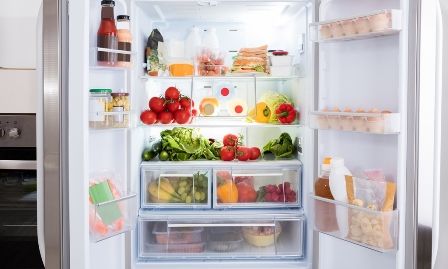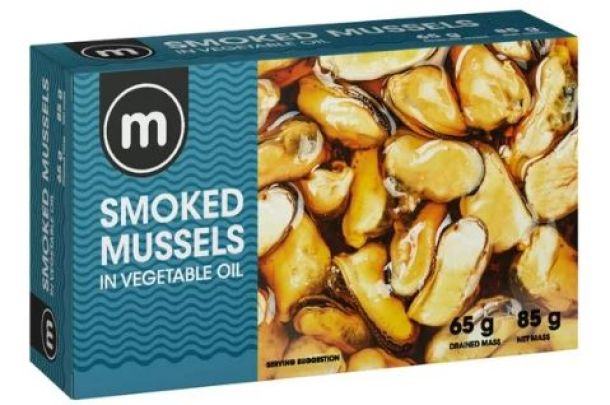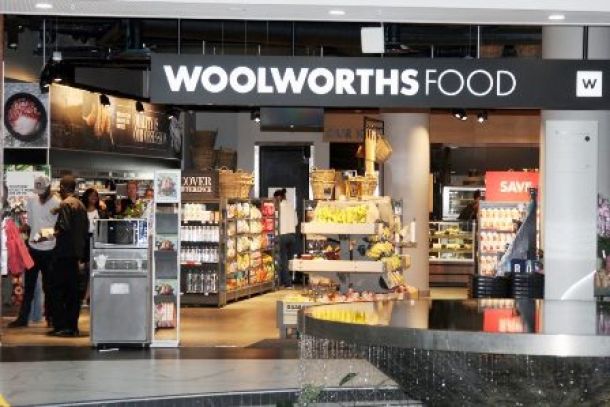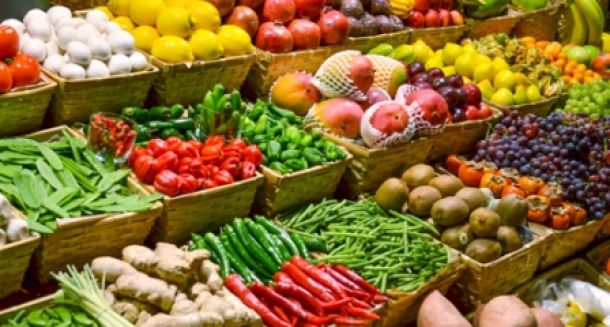
Stop throwing money away: How to store food in your fridge like an expert
Storing food in the right spots in the fridge, at the right temperatures, can help it stay fresh longer, leading to less food being thrown away.
Preserving food in the fridge may seem like a common task, yet doing it correctly can significantly affect your health and food quality.
Understanding the importance of proper food placement within the fridge is crucial for several reasons. First, it helps in maintaining the freshness and nutritional value of the food. Second, it prevents cross-contamination, where harmful bacteria from raw foods can spread to ready-to-eat items, posing serious health risks.
Having to throw away perfectly good produce, dairy, or meat because it was stored incorrectly is incredibly frustrating. Each year, South Africa loses approximately 10.3 million tonnes of food meant for people to consume. This accounts for as much as 45% of the country’s total food supply, according to the South African Council for Scientific and Industrial Research.
Refrigerators are important for keeping food fresh by keeping it cold and slowing down the growth of harmful bacteria. But it is not just about keeping food safe. “Storing food in the right places in the fridge at the right temperatures can make it stay fresh for longer, which means less food gets thrown away,” says Carol Guedes, Head of Sales at LG Electronics South Africa. “This not only keeps food tasting better but also helps reduce food waste, which is good for both people and the environment.”
LG’s dedication to keeping food fresh and supporting sustainability shines through in its latest refrigerator technology, including its Fresh Balancer function. “It works by using a unique lattice-type box cover that controls moisture levels by condensing evaporated moisture from fruits and vegetables. This creates an ideal environment for preserving the natural crispness and flavour of the produce, keeping them fresh for extended periods,” explains Guedes.
How to store food in the fridge safely
To store food in the fridge safely, start by always keeping raw meat, poultry, and seafood on the bottom shelf. This prevents their juices – which may contain harmful bacteria – from dripping onto other foods. Use sealed containers or plastic bags to minimise contact with other items and to contain any leaks.
The new LG side-by-side refrigerator uses multi air flow to distribute and circulate cool air through multiple cooling vents, ensuring that every item is properly cooled in every corner, while the door cooling feature further enhances freshness with even and faster performance.
However, if your fridge does not have this feature, it’s important to place dairy products like milk, cheese, and yoghurt on the upper shelves where the temperature is more consistent. Without LG’s Door Cooling Technology, the door shelves are normally the warmest part of the fridge, so store condiments and juices here rather than perishable items.
Similarly, if your fridge does not have LG’s LinearCooling™ technology, you should keep eggs in their original carton on a middle shelf where they are less susceptible to temperature fluctuations caused by the fridge door opening and closing. The carton also prevents them from absorbing strong odours and flavours from other foods.
There is a valid reason why fridges come with a separate drawer for vegetables and fruit. This segregation is vital because certain fruits release ethylene gas that can cause vegetables to spoil faster. Besides, not all fruits and vegetables require refrigeration; tomatoes, potatoes, onions, and some fruits are best kept at room temperature.
If temperature fluctuations are not controlled through LinearCooling™, it’s best to allow leftovers to cool completely before refrigerating to avoid increasing the overall temperature inside your appliance. Cover them properly and consume them within a few days to ensure they remain safe to eat.
“If your refrigerator has a built-in wine rack, make sure to use it,” says Guedes. Storing wine on a dedicated rack inside the fridge offers numerous benefits compared to keeping it in the door drawer or elsewhere. LG’s latest side-by-side refrigerator includes a built-in wine rack and chrome finish on all the shelves. “Thanks to LG’s linear cooling technology, your wine stays at a consistent temperature, preserving its flavour and aroma. This method of storage also minimises vibration and GC-movement, which can disrupt the sediments and ageing process of the wine.”
Lastly, never overfill your fridge. A cluttered refrigerator can restrict air circulation and lead to uneven cooling, potentially causing some areas to be warmer than others. This can speed up food spoilage and increase the risk of bacterial growth.
“By following these practical tips on how to store food in a fridge safely, you’ll not only extend the shelf life of your groceries but also protect yourself and your family from foodborne illnesses,” Guedes concludes.
Related Articles

Makro marketplace chaos

Massmart and Wits University Partner to improve...

Court tells Woolworths to reinstate worker afte...

Watchdog wants retail fruit & veg prices to be ...


